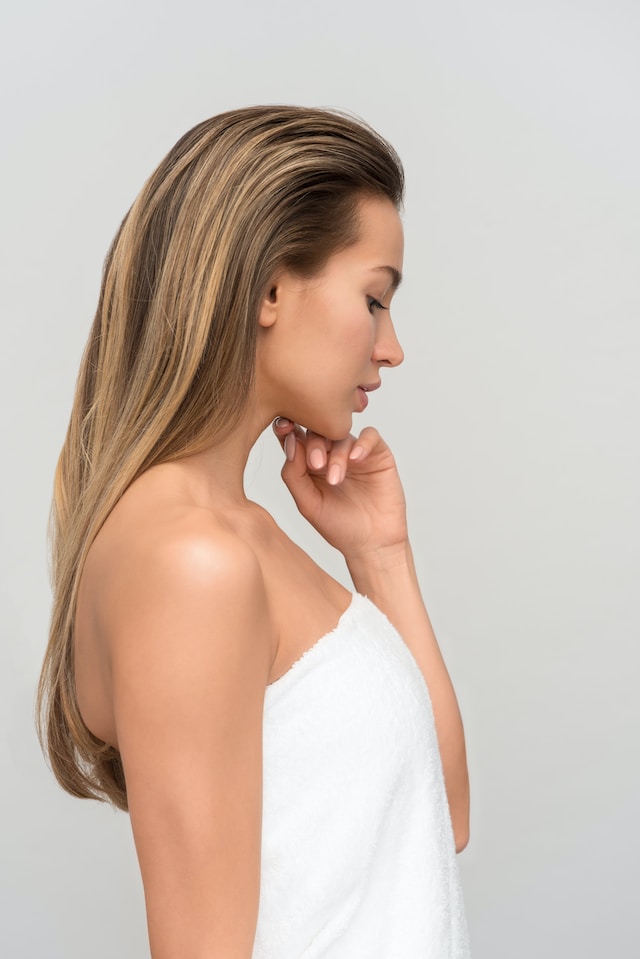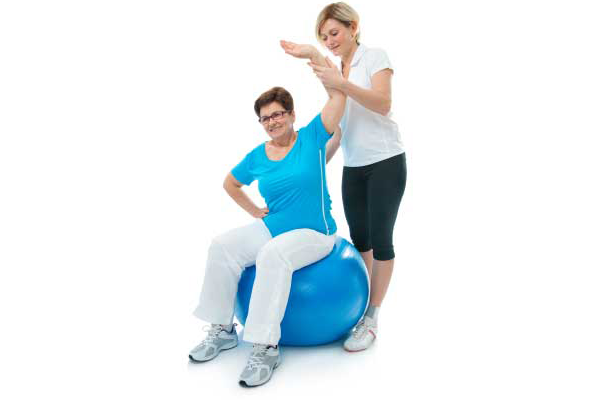Most women use dozens of cosmetics and personal care products which contains a number of chemicals leading to toxins on the body.
Scientists warn the use of cosmetics that are contaminated with lead. Lead comes in the cosmetic through colorant or another contaminated ingredient. Lipsticks are found to be the worst offenders as far as lead contamination is concerned. An application of lipstick can give a high dose of lead in the mouth. Mouth is that part of the body where lead is easily absorbed and ingested. Lead is just one ingredient, but there are many other complex chemicals used in the makeup products that have a long term harmful impact on people who just try to make themselves look artificially beautiful.
Steps are being taken to change the old cosmetic laws and regulations and give the Food and Drug Administration (FDA), the authority and charge to ensure the manufacture of safe cosmetics. Scientists also realize that avoiding all cosmetics is not possible but some handful of ingredients used in cosmetics is worth avoiding. The following toxins commonly used in cosmetics can be avoided by looking the best without any harm to the health.
Five toxic ingredients in cosmetics to be avoided
- Fragrance—Perfumes and fragrances can be linked with several chemicals that can cause asthma, allergies, infertility and hormone disruption. It is recommended that fragrances with fewer chemicals must be used and synthetic fragrances must be avoided.
- Parabens are preservative chemicals that are found in most cosmetics. These parabens can be absorbed in the skin and can interfere with the male reproductive system and develop breast cancer in women. Synthetic parabens are cheap and are used in many cosmetic products like shampoos, lotions, deodorants, eye makeup and scrubs… They give harmful effect on the health of a person. Parabens are used in the cosmetic products to prevent the growth of microbes. They are easily absorbed by the skin, digestive system and blood. They can lead to health problems like allergies, endocrine disruption, reproductive problems and immunotoxicity.
- Triclosan is a chemical is an anti -bacterial and antifungal agent found in consumer products, like soapsand detergents that can cause thyroid damage. This chemical is commonly found in anti-microbial soaps and in some lipsticks and other cosmetics also. It can lead to allergies and hay fever.
- Formaldehyde-Releasing Preservatives—Formaldehyde is also known as human carcinogen. The cosmetic products with these preservatives that release formaldehyde must be avoided.
- Sodium Laureth Sulfate is a foaming agent used in shampoos and facial scrubs and in some skin lotions. It’s commonly contaminated cancer causers like 1, 4-dioxane and ethylene oxide, etc. It is also used in many cream-based cosmetics. They enhance the skin’s absorptive capacity.
How to find safe cosmetics?
Stacy Malian, co-founder of the campaign for safe cosmetics recommends searching for the website Environmental Working Group’s skin deep cosmetic database to check the safety of the cosmetic products currently use by an individual. He also suggests checking the Campaign for Safer Cosmetics’ champion companies organizations that pledge to disclose all ingredients and a list of chemicals of banned in foreign countries.
Natural makeup must be done with care. There are some strict laws for organic foods manufacturers, but there are no such laws for the cosmetic industry and so it is difficult the harmful ingredients in the cosmetics.
It has been found that many lipsticks contain lead which is dangerous for health. It is advised to use light color lipsticks.
The campaign for safe cosmetics
This is a combination of health, religious, environmental , women’s and consumer groups working with a goal to protect the health of the people by requesting the food , health and beauty industry to avoid using toxic chemicals that are associated with cancer, birth defects and health hazards. New industry standards are being developed by the campaign for safe cosmetics to help consumers to find the difference from natural, not so natural and fake products. The campaign is trying to advocate a standard that will initiate the use of safe and natural ingredients.





